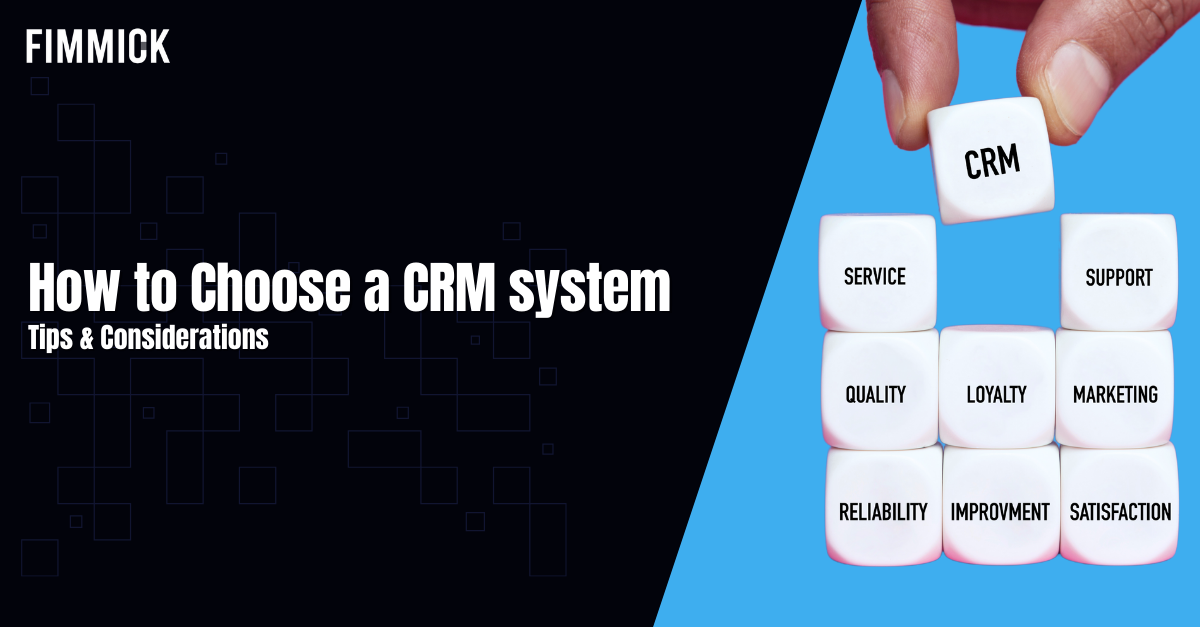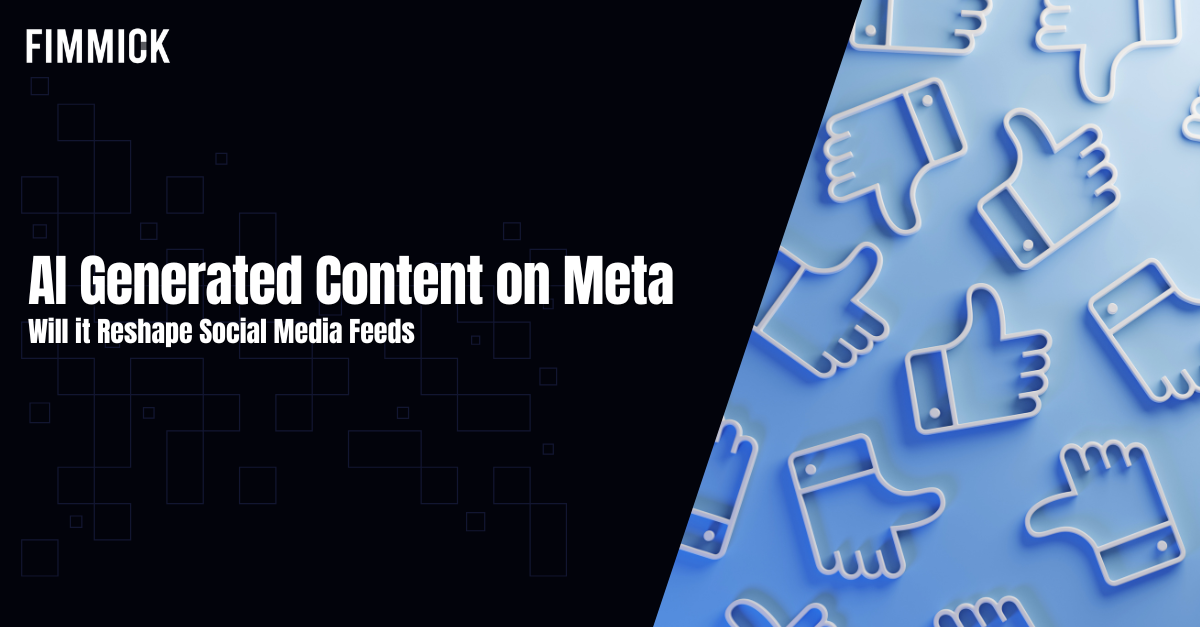Ecommerce: 6 Critical Things Ecommerce Startups Often Miss
Reading Time: 9 min
Launching an ecommerce business is exciting, but many startups stumble over critical early steps. Overlooking these crucial elements can mean the difference between thriving and merely surviving. This article identifies six common pitfalls that ecommerce entrepreneurs often miss, offering insights and solutions to help you navigate the challenging initial stages of building your online empire.
Summary
- Common Mistake 1 - Not Utilising Google & Meta's Ecommerce Features
- Common Mistake 2 - Relying on Generic Boosted Posts Instead of Advanced Shopping Ads
- Common Mistake 3 - Neglecting Ad Performance Tracking
- Common Mistake 4 - Ignoring SEO-Focused Content Creation
- Common Mistake 5 - Failing to Collect and Utilise Customer Data
- Common Mistake 6 - Not Implementing Marketing Automation
- Conclusion
Common Mistake 1 - Not Utilising Google & Meta's Ecommerce Features
Both Google and Meta (Facebook and Instagram) offer powerful features specifically designed for ecommerce businesses, some of which are free. Failing to leverage these tools is a significant missed opportunity. Features like Google Merchant Center, product tagging on Instagram, and Facebook Shops allow for seamless product integration, streamlined purchasing processes, and enhanced visibility across these platforms. By neglecting these readily available resources, ecommerce startups limit their reach, hinder conversion rates, and miss out on valuable data insights.
Explore Further: Integrate WhatsApp with CRM to Boost Sales & Efficiency

Common Mistake 2 - Relying on Generic Boosted Posts Instead of Advanced Shopping Ads
Many online shop owners find their advertising efforts yield disappointing results. A common culprit is the reliance on generic boosted posts instead of more effective advanced shopping ads. While boosting posts provides some visibility, platforms like Facebook and Instagram offer specialised shopping campaigns that dynamically showcase product catalogues, target specific demographics, and drive conversions more effectively. For better results and more efficient ad spending, ecommerce businesses should leverage these advanced shopping ad formats to drive better results.
Common Mistake 3 - Neglecting Ad Performance Tracking
While compelling creatives and precise targeting are essential for online advertising, accurate ad tracking is often overlooked. Google and Meta optimise ad delivery based on objectives like reach, clicks, or conversions. However, maximizing performance requires data on actual ad effectiveness. Advanced tracking solutions like FIMMICK TrackingMax provide this crucial data by tracking conversions (e.g., purchases after viewing an ad) and relaying this information directly from your server to Google and Meta, bypassing obstacles like ad blockers. This enhanced data flow allows the platforms to refine targeting, ensuring ads reach the right audience, ultimately improving performance and lowering costs.
Explore Further: Service Tracking
Common Mistake 4 - Ignoring SEO-Focused Content Creation
Search engine optimisation (SEO) is crucial for long-term organic growth. Many ecommerce startups prioritise paid advertising and neglect the power of content marketing. Creating high-quality, informative, and keyword-optimised content, such as blog posts, product descriptions, and guides, attracts organic traffic, builds brand authority, and improves search engine rankings. Ignoring SEO is like building a store in a hidden alleyway – no one will find you.
Explore Further: Ecommerce SEO Top Strategies, Tips and Tools
Common Mistake 5 - Failing to Collect and Utilise Customer Data
From day one, collecting customer data is crucial for ecommerce success, yet it is often overlooked by online shop owners. First-party data, including demographics, purchasing behaviour, and preferences, unlocks opportunities for personalised marketing, enhanced customer experiences, and more effective advertising. Both Google and Meta utilise this data to create “lookalike audiences,” expanding your reach by targeting users similar to your existing customers. Lookalike audiences can be generated from various sources, including customer lists, website visitors and email lists. Leveraging this strategy is a powerful way to reduce advertising costs and connect with a more targeted, receptive audience.
Common Mistake 6 - Not Implementing Marketing Automation
Marketing automation tools significantly streamline and enhance marketing efforts. These tools automate tasks ranging from email sequences and ad management to personalised product recommendations, freeing up valuable time and resources for strategic initiatives. For example, FIMMICK OptiMax leverages custom rules and real-world data to optimise ads based on your specific goals, customer segments, and KPIs. This real-time optimisation helps businesses capitalise on prime opportunities, maximising campaign performance.

FIMMICK OptiMax - Optimise Your Online Ads for Maximum Performance
Maximise your ad performance with FIMMICK OptiMax. Our AI-powered solution optimises and automates your campaigns across Google, Facebook, and Instagram, delivering better results in less time. With seamless data integration and real-time optimisation, FIMMICK OptiMax helps you achieve your advertising goals. Plus, implementation is quick and easy—just two weeks! Contact us now for more details.

Conclusion
Building a thriving ecommerce business requires a holistic approach. By addressing these often-overlooked areas, from ad tracking to data utilization, you can create a more cohesive and effective strategy that drives results and sets your business up for lasting success.
For more info, read this
Ready to take your business to the next level? Join us on Facebook and Instagram for more insights and tips on digital marketing, AI, MarTech and data. If you are interested in our services, please contact us!
Related Solutions
Related Articles

CRM: How to Choose a CRM system – Tips & Considerations
Unlock the power of CRM with this comprehensive guide to choosing the right system. Learn about the different types of CRM, key features.

Content Marketing: Social Media in Travel – Key Trends for 2025
Is your travel marketing ready for 2025? Explore the evolving landscape of social media and its impact on the travel industry.

AI: AI Generated Content on Meta: Will it Reshape Social Media Feeds
Meta’s using AIGC to reshape Facebook and Instagram. Learn how brands can adapt and thrive in this new AI-driven landscape.









